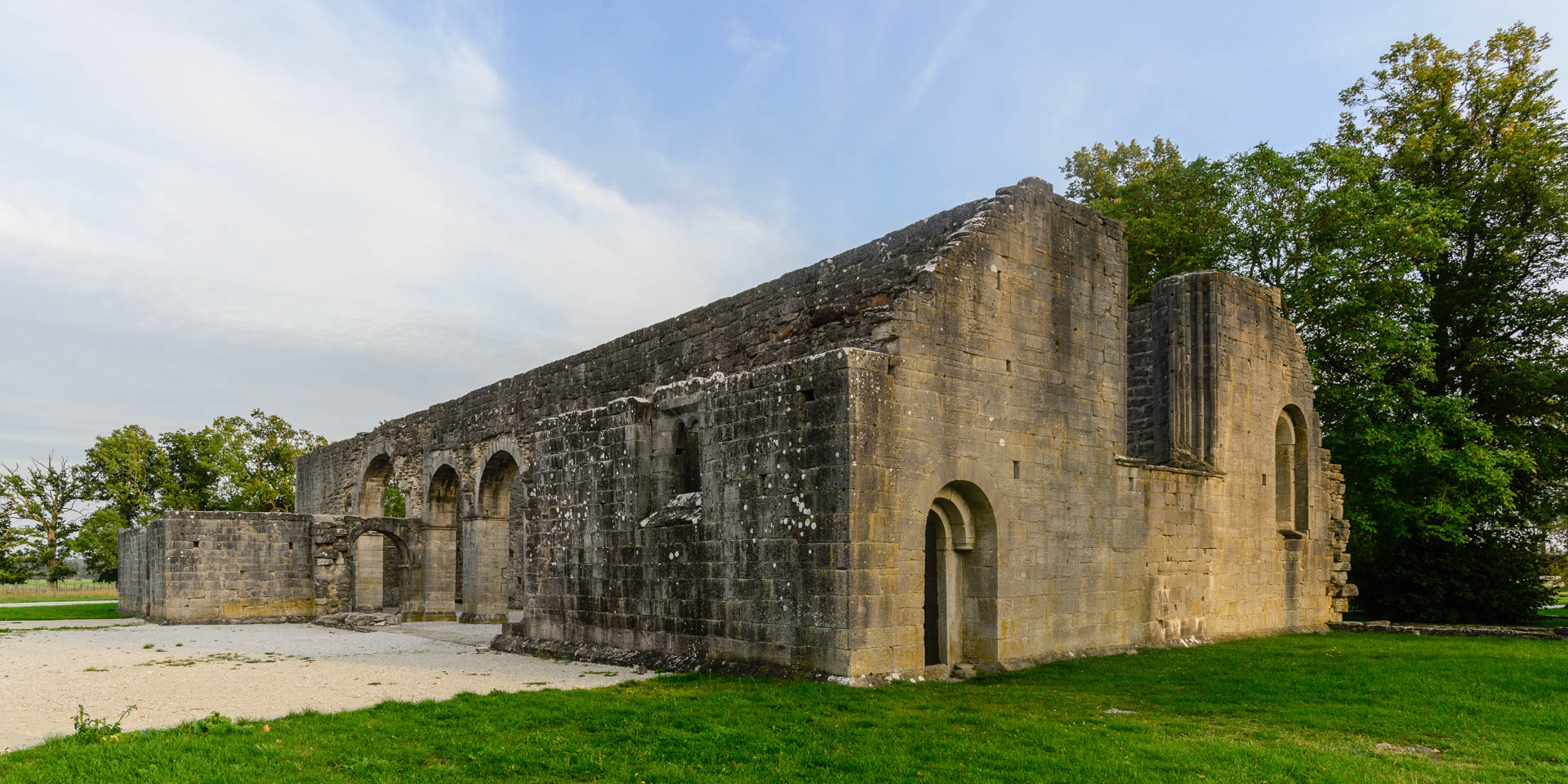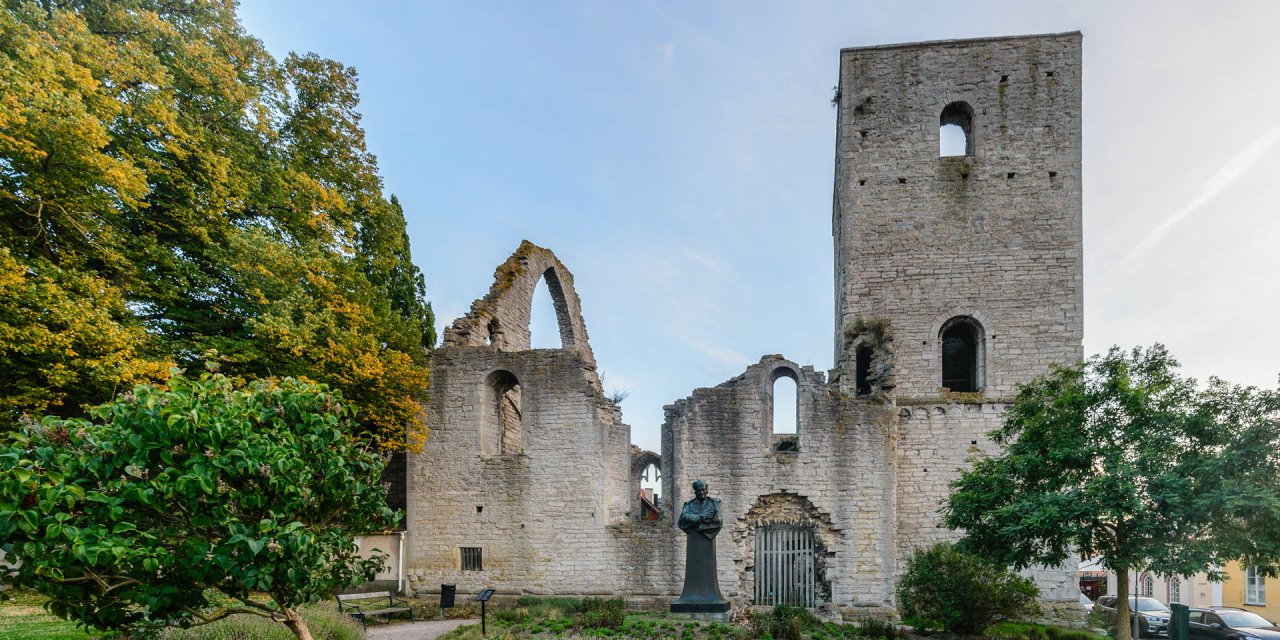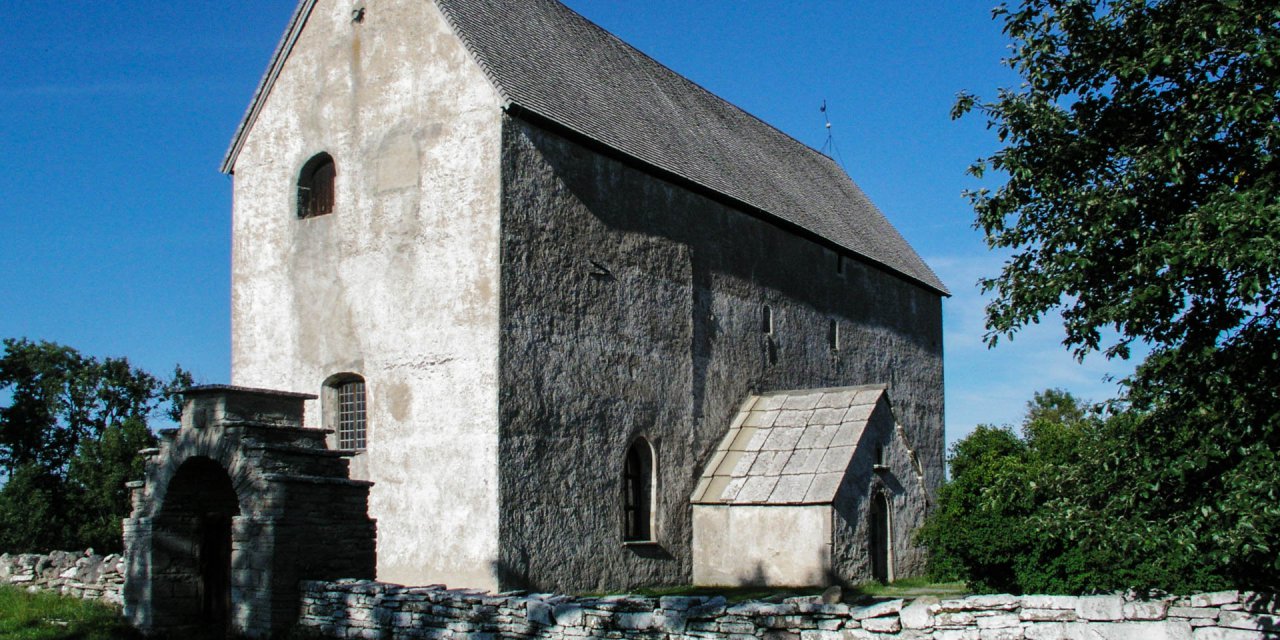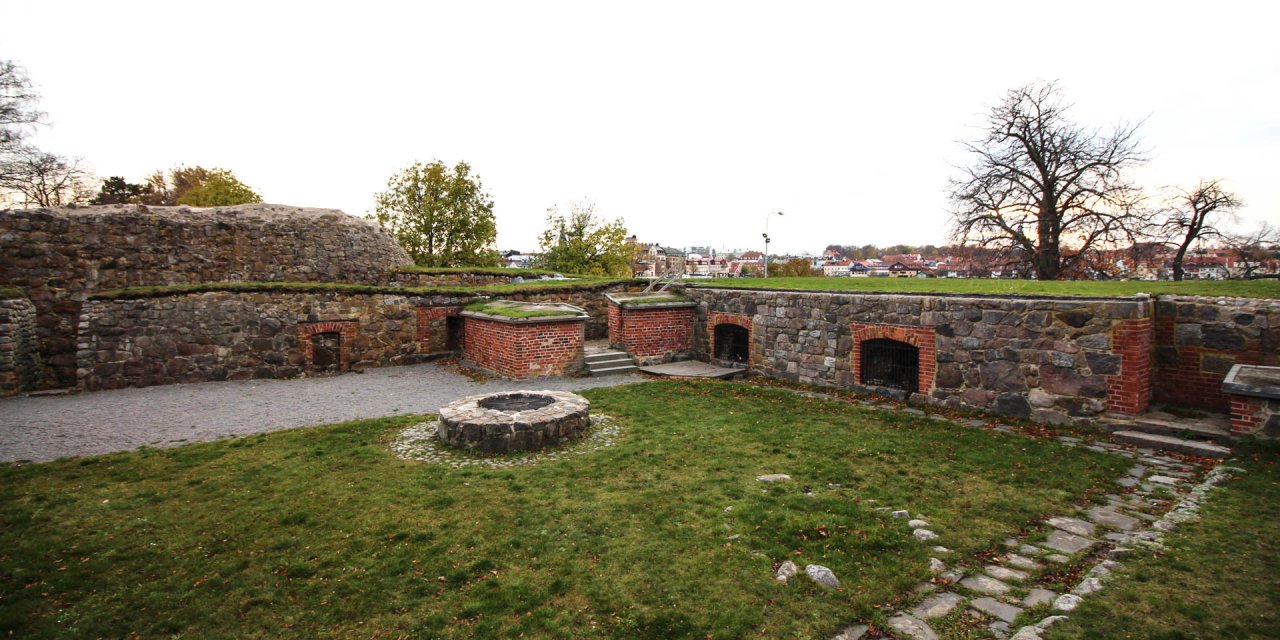

Roma Klosterruin
Medieval monastery ruin in Roma
On the outskirts of Roma in the centre of the island of Gotland you will find the Roma Klosterruin, a medieval ruin of what was once the largest monastery on Gotland and which was once one of the richest monasteries in Sweden.
The Roma monastery ruins essentially consist of the impressive remains of the old monastery church. Built as a three-nave basilica with a transept, the church still shows the unmistakable signature of the master builders of the Cistercian Order, which founded the monastery in 1164 with brothers from the Nydala monastery in Småland.
The rise of the monastery
The site for the monastery was cleverly chosen, as Roma was the location of Gotland's largest ting place, the Gutnaltinget, from the earliest history of the island. The Gutnaltinget was the highest judicial and decision-making assembly on Gotland until the Middle Ages, and was superior to the other ting councils scattered across the island.
As the ting assembly regularly attracted large crowds, they were also the places where markets were regularly held. And the largest of the Ting places was naturally also the largest market place, with traders not only from all parts of the island, but also from other coastal regions along the Baltic Sea. The Cistercian monks, who were not only master builders, scribes or medical experts, but were also very skilled in breeding, cultivating and processing plants, took advantage of the opportunities that the trading place offered them.
Soon the monks were supplying the markets in the island capital Visby and even exporting their goods to other Hanseatic cities. By the beginning of the 13th century, Roma Kloster was already considerably wealthier than the Nydala monastery and owned large estates on Gotland as well as in Estonia.
The monastery becomes a ruin
In 1531, the monastery and its possessions were confiscated by the Danish crown in the course of the Danish Reformation – at that time Gotland belonged to Denmark. The monastery was converted into the crown estate Roma Kungsgård, which now supplied the Danish royal house with its products. The monastery buildings were no longer used in the 16th and 17th centuries and increasingly fell into disrepair. The fact that the monastery church was used as a barn and stables for the crown estate most likely saved it from complete decay.
Even when the governor of Gotland had the old monastery buildings and the magnificent church vaults and the masonry of the transept demolished in 1731 to build the new main house of the crown estate, large parts of the church remained. It eventually continued to be used as a barn and stable. The Swedish botanist Carl von Linné, who visited the ruin in 1741 during his journey through Gotland, remarked that this was probably the most magnificent sheepfold in Sweden.
After the last archaeological investigations of the former monastery grounds, the ground plans of the individual monastery buildings were represented by low walls. This gives a good impression of the dimensions of the medieval complex today. The walls of the monastery church were restored and conserved for the future.
Since 1989, the old church walls have served as a beautiful backdrop for the summer performances of the Romateater, which performs a different play by William Shakespeare each season. Together with exhibitions, arts and crafts and a café in the neighbouring Roma Kungsgård, an interesting cultural meeting place has developed over the years, which is also been connected to the museum railway Gotlandståget.



